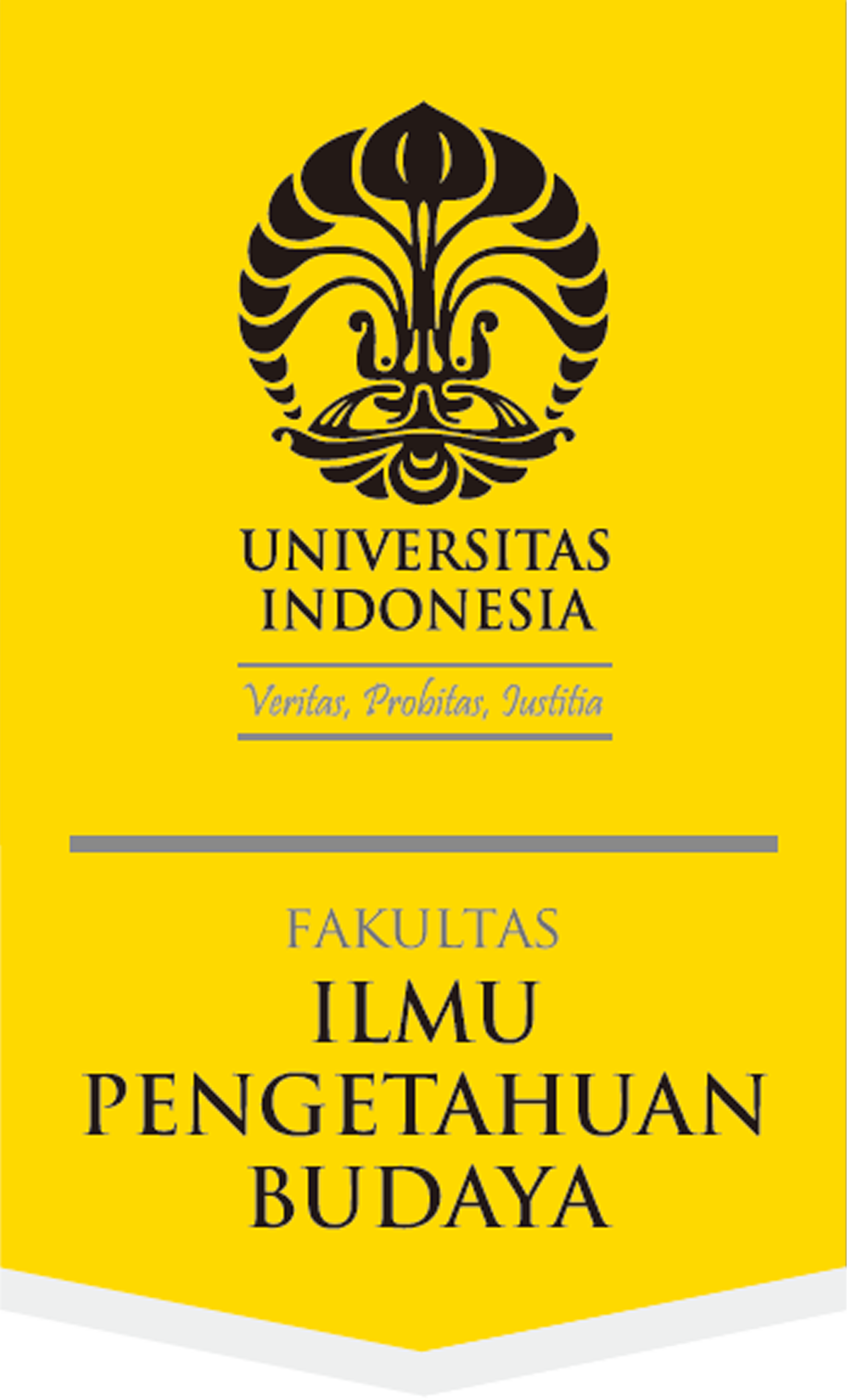Abstract
This paper analyses the discourse surrounding the perceived threat of free seks and pergaulan bebas (free socializing) to the moral health of young Minangkabau people, and in particular, young women, in West Sumatra. It uses the sociological frame of "moral panic" to examine contemporary discussions about globalization and the influence of "the West" in West Sumatra. The paper examines the way in which "the authorities" in West Sumatra (media, such as teen magazines and newspapers, academics, government and law, teachers, and community leaders) present the threat, and the way in which young people, who are the target of the moral panic onslaught, see themselves in relation to the threat. I argue that, unlike the original "folk devils" of the moral panics in Britain, young people in Minangkabau broadly give their consent to the authorities, displaying a striking commitment to social conservatism, local culture, and Islamic values.
References
Amir M.S. 2007. Masyarakat adat Minangkabau terancam punah. Jakarta: Mutiara Sumber Widya.
Bachyul, Syofiardi. 2008. “Valentine’s celebrations banned in Bukittinggi”, The Jakarta Post, 14 February. [Http://www.thejakartapost.com/ news/2008/02/14 /valentine039s-celebrations-banned-bukittinggi.html, accessed on 14-3-2012.]
Blackwood, E. 2000. Webs of power; Women, kin, and community in a Sumatran village. Lanham, Maryland: Rowman and Littlefield.
Cohen, S. 1972. Folk devils and moral panics; The creation of the Mods and Rockers. Oxford: Martin Robertson.
Cohen, S. 2004. Folk devils and moral panics. Third edition. London: Routledge.
Essy. 2007. “Jangan tinggalkan budaya Minangkabau”, Just another window of Ikatan Uda Uni Kota Padang, 23 November. [Http://iuukp.wordpress. com/ 2007/11/23/jangan-tinggalkan-budaya-minangkabau/, accessed on 29-8-2012.]
Garland, David. 2008. “On the concept of moral panic”, Crime Media Culture 4(1): 9–30.
Hall, S. et al. 1978. Policing the crisis. London: Macmillan.
Handajani, Suzie. 2005. “Globalizing local girls; The representation of adolescents in Indonesian female teen magazines”. Master thesis, The University of Western Australia.
Harding, Claire. 2008. “The influence of the ‘decadent West’; Discourses of the mass media on youth sexuality in Indonesia”, Intersections; Gender and Sexuality in Asia and the Pacific, Issue 18, October. [Http://intersections. anu.edu.au/issue18/ harding.htm#n12, accessed on 14-3-2012.]
Herwandi (ed.). 2007. Kebijakan setengah hati dan kerisauan tentang degradasi kebudayaan Minangkabau. Padang: Pusat Studi Humaniora, Panitia Peringatan 25 Tahun Fakultas Sastra, Universitas Andalas.
Hooker, M.B. 2008. Indonesian Syariah; Defining a national school of Islamic law. Singapore: ISEAS Publishing.
Hull, T.H. 2002. “The marriage revolution in Indonesia”. Paper Conference of the Population Association of America, Atlanta, 9–11 May.
Kailani, Najib. 2010. “Muslimising Indonesian youths; The Tarbiyah moral and cultural movement in contemporary Indonesia,” in: Ahmad-Norma Permata and Najib Kailani (eds), Islam and the 2009 Indonesian elections, political and cultural issues; The case of the Prosperous Justice Party (PKS), pp. 71–96. Bangkok: IRASEC. [Occasional Paper No. 12.]
McRobbie, Angela and Sarah L. Thornton. 1995. “Rethinking ‘moral panic’ for multi-mediated social worlds”, The British Journal of Sociology 46(4): 559–574.
Naim, Mochtar. 2006. Tiga menguak tabir; Perempuan Minangkabau di persimpangan jalan. Padang: Hasanah.
Nilan, P. 2003. “Romance magazines, television soap operas, and young Indonesian women”, Review of Indonesian and Malaysian Affairs 37(1): 45–70.
Nilan, P. 2008. “Youth transitions to urban, middle-class marriage in Indonesia; Faith, family, and finances”, Journal of Youth Studies 11(1): 65–82.
Noerdin, E. 2002. “Customary institutions, syariah law, and the marginalisation of Indonesian women,” in: K. Robinson and S. Bessell (eds), Women in Indonesia; Gender, equity, and development, pp. 179-186. Singapore: Institute of Southeast Asian Studies.
Padang Ekspres. 2012. “Valentine Day, 17 orang dijaring”, 16 February. [Http:// padangekspres.co.id/?news=berita&id=23911, accessed on 30-8-2012.]
Parker, Lyn. 2008. “To cover the aurat; Veiling, sexual morality, and agency among the Muslim Minangkabau, Indonesia”, Intersections; Gender and Sexuality in Asia and the Pacific 16, pp. approx 5–20. [Http://intersections. anu.edu.au/issue16/parker.htm.]
Parker, Lyn. 2009. “Religion, class and schooled sexuality among Minangkabau teenage girls”, Bijdragen tot de Taal-, Land- en Volkenkunde 165(1): 62–94.
Putra, Y. S. (ed.). 2007. Minangkabau di persimpangan generasi. Padang: Fakultas Sastra, Universitas Andalas.
Singgalang. 2004. “Di Solok, kondom ditemukan dalam tas siswa”, 28 September. [Http://www.hariansinggalang.co.id/sgl.php?module=detailberita&id=285, accessed 1-11-2011, no longer available.]
Singgalang. 2010. “HASIL SURVEI KRR: 63 persen remaja pernah berhubungan seks”, 30 July. [Http://www.hariansinggalang.co.id/sgl.php?module=detail berita&id=285, accessed on 1-11-2011, no longer available.]
Smith-Hefner, Nancy. 2005. “The new Muslim romance; Changing patterns of courtship and marriage among educated Javanese youth”, Journal of Southeast Asian Studies 36(3): 441–59.
Whalley, L.A. 1993. Virtuous women, productive citizens; Negotiating tradition, Islam, and modernity in Minangkabau, Indonesia. PhD thesis, University of Illinois, Urbana-Champaign.
Recommended Citation
Parker, Lyn
(2014)
"The moral panic about the socializing of young people in Minangkabau,"
Wacana, Journal of the Humanities of Indonesia: Vol. 15:
No.
1, Article 3.
DOI: 10.17510/wjhi.v15i1.103
Available at:
https://scholarhub.ui.ac.id/wacana/vol15/iss1/3









